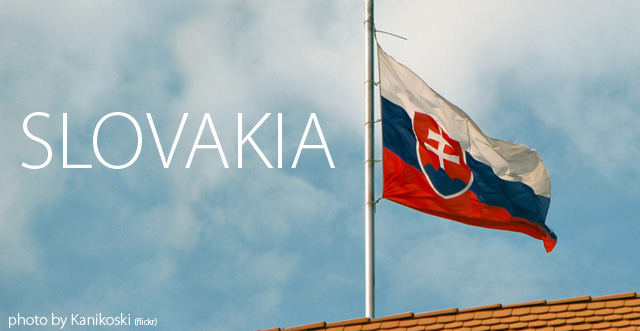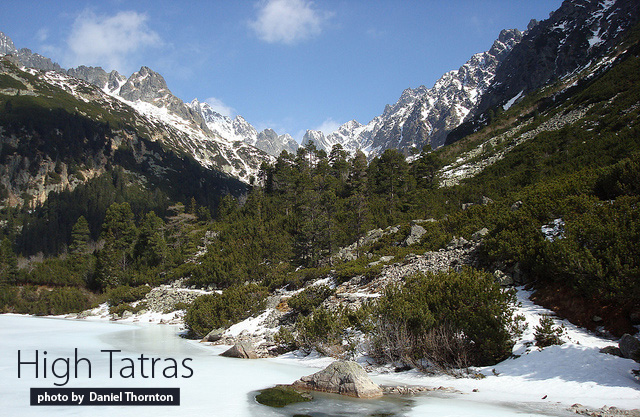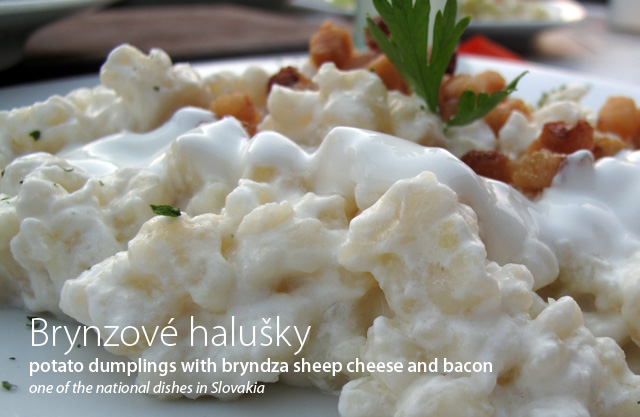After taking the time to evaluate my culture before going on trip in Slovakia I got a better picture of what my values are, which I used to evaluate the culture that I experienced.

I am Rachel Lytie, student of Concordia University Wisconsin. My trip consisted of ten days mostly in Slovakia, but also seeing Austria, Czech Republic, and Poland. This trip was made up of two other Concordia students and me. I had the opportunity to stay at Martin Bible School which is located in Slovakia towards the north of the country. The instructors of the Bible School took the time to show us around the area and shared their experiences with us.
Overview/Heritage
The population of Slovakia is about 5.4 million people. I was surprised by how small this is compared to the United States population of about 300 million people. I did not realize before this trip that all of Europe is close to the size of the United States. Traveling from country to country in Europe reminded me of traveling from state to state in the United States. With the European Union, we did not need to show our passports when traveling to the different countries. However, when traveling to the different countries there were different languages and currency used. The Czech Republic and Poland both do not use euros, but both Slovakia and Austria do.
Upper Slovakia is filled with mountains. The lower part of the country is mostly plains. The temperature is comparable to Wisconsin. During our stay the temperature ranged from zero to forty degrees Fahrenheit. This January was warmer than previous years with barely any snow on the ground.

Communication
The primary language spoken is Slovak. In Slovak, word order is not as important as it is in English. Also there are many different formal and informal greetings to be used depending on the setting. Many of the people, especially the younger population, know more than one language. This is the case in most of Europe. I think part of the reason is, with the countries being smaller, if a person wants to travel a distance, they will end up in a different country with a different language that they would need to know.
Workforce Issues
There is a high unemployment rate of 13.5% (Trading Economics, 2013). After the end of the Communist regime many people lost their jobs. There were not enough jobs available for the amount of eligible workers. Relationships between the employee and the employer are not always very good. When there are no problems within the company, then there are no issues. However when a problem arises the employee may be blamed. For example the cost of maintenance for a work truck needed to run properly may be the responsibility of the employee driving the truck, rather than the companies responsibility.
Another issue is there are some political leaders who used to be in the communist party who are in government. Some of the ideals from the Communist regime may be carried over. There is talk of the government wanting to take away individuals’ savings like they have done in the past and control how much everyone gets for retirement. Many of the older generation who only want the basic necessities and are not interested in traveling abroad, are still in favor of the communist ideals.
Nutrition
The diet for most meals is pork and potatoes. The reason that pork is used so much in different recipes is due to the fact that most families had a pig that they raised at home for meat. Cabbage and coleslaw are frequent side dishes to meals. Beverages are served without ice. The traditional Slovak breakfast is bread with cold cuts and cheese. Tea and coffee may both be served, but it appears that most people drink tea. Lunch is the largest meal of the day with soup often served before the meal. Then dinner is smaller since it is not good to eat a large amount right before bed.

Spirituality
Most of the population, about 69% are Roman Catholic, about 7% are Lutheran, and about 14% are atheist (DiPiazza, 2011). I was very surprised by this last number being so high. After thinking about this more closely, and learning about the Communist regime being anti-religion, this number makes more sense. Where we stayed at the Martin Bible School, there was a high number of practicing and very involved Christians; however this is not the case throughout Slovakia.
Something like summary
A lot of the culture in Slovakia is deeply rooted in past events that have affected the country. Slovakia is capable of rapid change while still being impacted by its history. I believe that a lot of changes were recently made in Slovakia after the fall of the Communist regime (DiPiazza, 2011). With Slovakia entering the European Union in 2004, I think that this shows that there has been economic growth and urbanization in this country (DiPiazza, 2011).
I did not realize how many new things that I learned during my trip until it was brought to my attention by someone else. After sharing my experiences, my sister said that I sounded like I really learned a lot while I was there. After reflecting on this, I realize that I have. Immersing myself in a different culture was a great experience. This trip has made me want to learn more about global issues and follow important topics in the news. While traveling I learned a lot more about the geography of the central European countries, history, and art.



Miss Lytie, thank you for this documentation of your experiences. Much appreciated. I am interested (I am a “senior” citizen as they say) in visiting the Martin school and perhaps being of service in some fashion. You mention several times that you stayed at the school. Does that me they have lodging and meal facilities for visitors?
You may respond directly to me e mail address if you so wish. dakujem John